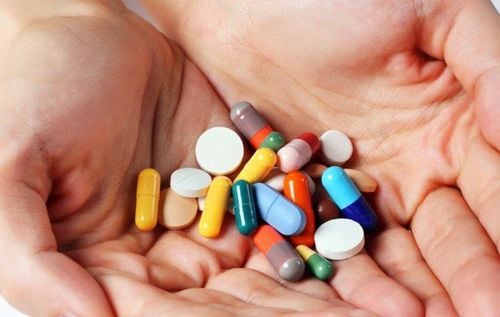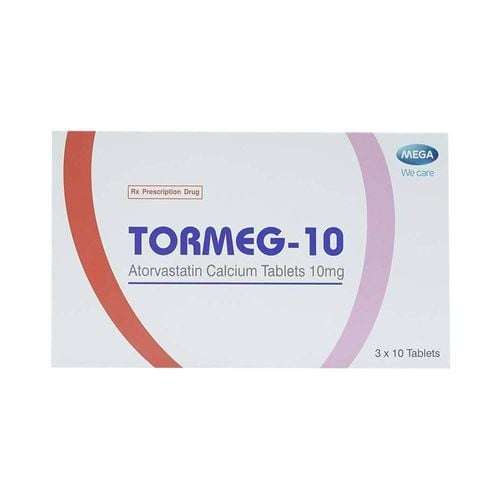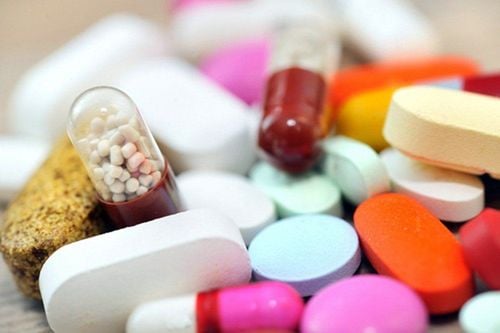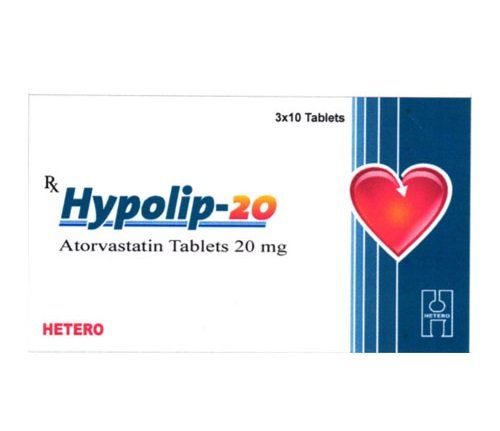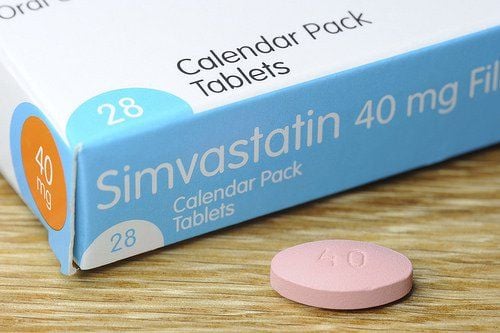This is an automatically translated article.
The article was professionally consulted with Master, Doctor Le Thi Minh Huong - Emergency Medicine Doctor - Department of Resuscitation - Emergency - Vinmec Nha Trang International General Hospital.The set of blood fats in the human body includes total cholesterol and triglycerides. Total cholesterol is also divided into two types, HDL - cholesterol (good) and LDL - cholesterol (bad).
1. Total cholesterol
Cholesterol is a component of bile and is present in red blood cells - cell membranes - muscles. The liver is the main organ that synthesizes cholesterol and is also the only organ that esterifies cholesterol. In the human body, about 70% of cholesterol is esterified (conjugated with fatty acids) and the remaining 30% exists in the free form in the blood (plasma).When tested, the two types of cholesterol above are not distinguished, but are often measured together. Therefore, total cholesterol is called a combination of free cholesterol and cholesterol ester.
2. Total cholesterol quantification
The Vietnam Heart Association recommends that all adults over the age of 20 have tests for four basic indicators of blood fat including: Total cholesterol, LDL cholesterol, HDL cholesterol and triglycerides. Before the test, the patient must fast for at least 12 hours and only drink water. The recommended frequency of blood lipid testing is at least every 5 years.The calculation of total cholesterol is explained as follows:
Less than 200 mg/dL (5.1 mmol/L): Ideal concentration and low risk of coronary artery disease. In the range of 200 - 239 mg/dL (5.1 - 6.2 mmol/L): Patients need to pay attention to health problems when the test results are at this borderline. Greater than or equal to 240 mg/dL (6.2 mmol/L): The index is concluded to increase blood cholesterol and have twice the risk of atherosclerosis than the general population. High blood cholesterol levels can create plaques in the coronary arteries, increasing the risk of a heart attack. Blood cholesterol levels increase with age and vary between men and women. Specifically, cholesterol levels are higher in men than women before the age of 50. However, the opposite will happen when both sexes pass the age of 50 and beyond (female > male).
In addition to atherosclerosis, high total cholesterol in the blood also causes jaundice due to biliary obstruction, diabetes and hypertension. On the other hand, excessive cholesterol reduction is also the cause of hyperthyroidism or Cushing's syndrome.
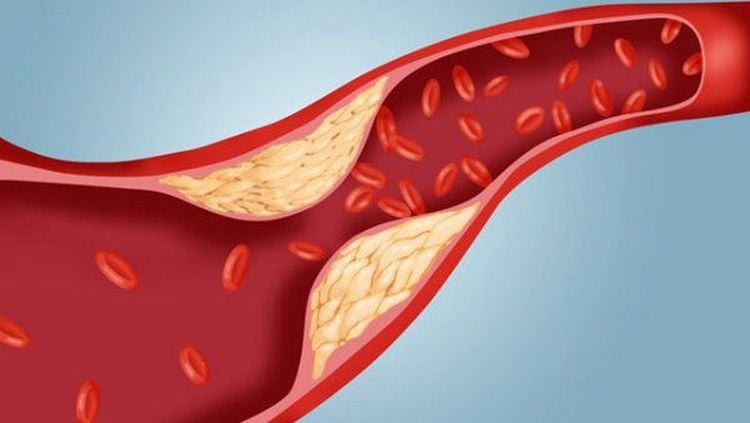
3. Other related blood lipid components
3.1. LDL – LDL cholesterol, the abbreviation for Low Density Lipoproteins, means low density lipoprotein. This is the type of bad cholesterol that we often know, causing negative effects on human health. When high levels of LDL appear in the blood, they will be deposited in the walls of the arteries of the heart and brain, gradually forming atherosclerotic plaques. This plaque causes blood vessels to narrow and block, or even burst suddenly. From there, it will lead to acute dangerous cardiovascular situations such as myocardial infarction or cerebrovascular accident.For the above reason, LDL cholesterol is an important indicator to monitor in addition to total cholesterol quantification. In which, if the LDL cholesterol level is < 100 mg/dL (< 2.6 mmol/L), it is considered optimal. The higher the number, the greater the risk, if reaching ≥ 190 mg/dL (4.9 mmol/L) is a very dangerous maximum.
3.2. HDL - Cholesterol Not any type of cholesterol is harmful to human health and HDL - Cholesterol is an example. Only accounting for about 25-30% of the total cholesterol in the blood, this type of high-density lipoprotein plays a role in transporting cholesterol from the blood back to the liver and especially carrying cholesterol away from atheroma in the walls of blood vessels. The risk of developing atherosclerosis as well as other serious cardiovascular symptoms is thereby reduced thanks to the above mechanism.
Patients need to quit smoking, keep their body weight from being overweight/obese, and increase physical activity to increase beneficial HDL cholesterol levels.
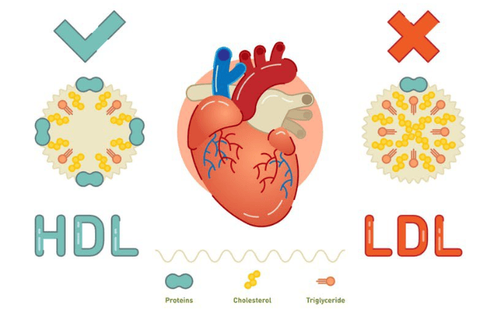
According to research by medical experts, high blood triglycerides may be associated with the risk of cardiovascular complications. A triglyceride level < 150 mg/dL (1.7 mmol/L) was considered normal and was found to be very elevated at ≥ 500 mg/dL (≥ 5.6 mmol/L).
Although elevation of total cholesterol in the blood causes many unpredictable cardiovascular events, most patients with high total cholesterol levels do not notice obvious symptoms.
>> See more: Drugs to treat total cholesterol
Because the process of atherosclerosis progresses silently, adults should not be subjective, instead need to regularly test blood lipids and maintain Maintain healthy living habits to ensure that the body is always healthy from the inside.
Please dial HOTLINE for more information or register for an appointment HERE. Download MyVinmec app to make appointments faster and to manage your bookings easily.





